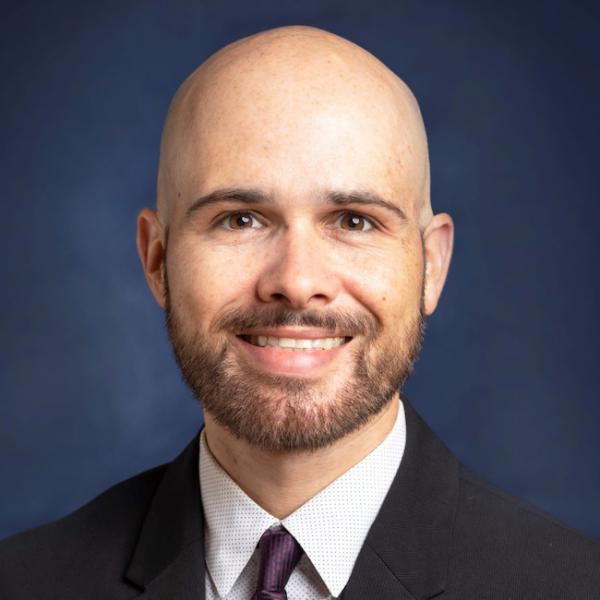The Centers for Medicare and Medicaid Services (CMS) is the bellwether for payers and value assessors nationwide. Patient organizations have the power to shape decisions by using the collective experiences, data, insights, and perspectives of their communities to inform R&D activities and access to medical products.
The FasterCures Vital Voices three-part webinar series explores how patient organizations can inform and potentially influence CMS activities and state-level coverage decisions. Each webinar dives into a critical topic— building effective coalitions, collecting patient experience data, and navigating state-level policy—offering real-world insights and actionable strategies for patient organizations to elevate the patient voice in CMS activities and decisions. The topics came out of attendee feedback from the Vital Voices Workshop aimed to empower patient organizations to engage effectively with CMS.
This toolkit contains the session video recordings and relevant resources presented during the Vital Voices Webinar Series. The Milken Institute is grateful to Merck for its support of the Institute’s independent work on building capacity for patient engagement with CMS.
Webinar Series Part 1
Strength in Numbers: Coalitions Amplifying Patient Voices
For some patient organizations, engaging with CMS can feel unattainable due to limited resources and expertise. Participating in coalitions can help overcome these challenges by amplifying collective patient voices, aligning priorities, and leveraging resources. This webinar highlighted how coalitions are successfully engaging CMS across multiple decision-making pathways. Speakers shared insights on how patient organizations can engage in coalitions and provided real-world examples of coalition-led advocacy efforts that have influenced CMS decision-making, thereby dramatically enhancing the impact of patient voices and leading to meaningful engagement outcomes.

Speakers
Peter W. Thomas
JD, Managing Partner, Powers Law; Co-Coordinator, Independence Through Enhancement of Medicare and Medicaid (ITEM) Coalition
Tiffany Westrich-Robertson
CEO, Co-Founder, and Board President, AI Arthritis; Coalition Founder, Project Manager, Ensuring Access through Collaborative Health (EACH) & the Patient Inclusion Council (PIC) Coalition
Josie Cooper
Executive Director, Alliance for Patient Access (AfPA)
Key Webinar Takeaways:
- Coalitions are powerful tools. They allow patient organizations to align priorities, pool resources, and amplify patient perspectives when engaging with CMS.
- Evidence building is critical. Strong clinical and patient-reported data are necessary to support coverage determinations.
- Consensus and collaboration matter. Success required diverse stakeholders (clinicians, attorneys, manufacturers, suppliers, patients) aligning around shared strategies and documenting persuasive arguments.
- Patient voice is essential. Peer-to-peer recruitment and education were highlighted as effective ways to involve more patients and caregivers in advocacy efforts.
- Flexibility in participation. Coalitions work best when members can engage at different levels, lowering barriers to entry.
- Getting involved starts with showing up. Patient organizations can begin by joining coalition meetings, lending their unique perspective in peer-to-peer education, and contributing however they are able. Even small initial steps (listening sessions, sharing lived experiences, or circulating coalition updates) build momentum toward deeper engagement.
Strategies discussed:
- Subcommittee structure: The development of specialized subcommittees (e.g., clinicians, legal experts, patient advocates) can ensure comprehensive perspectives.
- Multipronged CMS engagement: Repeated meetings with different CMS divisions built relationships and ensured a nuanced understanding of patient needs.
- Sustainable funding: Coalitions developed funding mechanisms to support legal, research, and advocacy activities over time.
- Data and storytelling: Combining patient stories with robust data made arguments more persuasive to decision-makers.
- Patient-centered design: Coalitions dedicated specific arms for patients and caregivers, ensuring their experiences and needs remained central.
- Low-barrier entry points: Coalitions emphasized that there is no “one right way” to contribute. From simply sharing information to co-leading advocacy, multiple levels of involvement make participation accessible.
Webinar Resources:
- Slides
- ITEM Coalition’s NCD Initiative
- EACH/PIC Patient Experience Survey: Prescription Drug Affordability and Unaffordability
- EACH/PIC PIC Voices
This webinar was made available to patient organizations that participate in The Research Acceleration and Innovation Network (TRAIN). TRAIN is a network of more than 180 foundations interested in taking a strategic and entrepreneurial approach to funding medical research. TRAIN convenes forward-thinking groups to learn from each other and share their novel solutions with the rest of the medical research system. FasterCures accepts new organizations to TRAIN on an ongoing basis. There is no fee for the application or for membership. To learn more and apply, visit the TRAIN application. Please contact [email protected] for more information about TRAIN.









